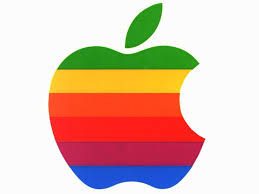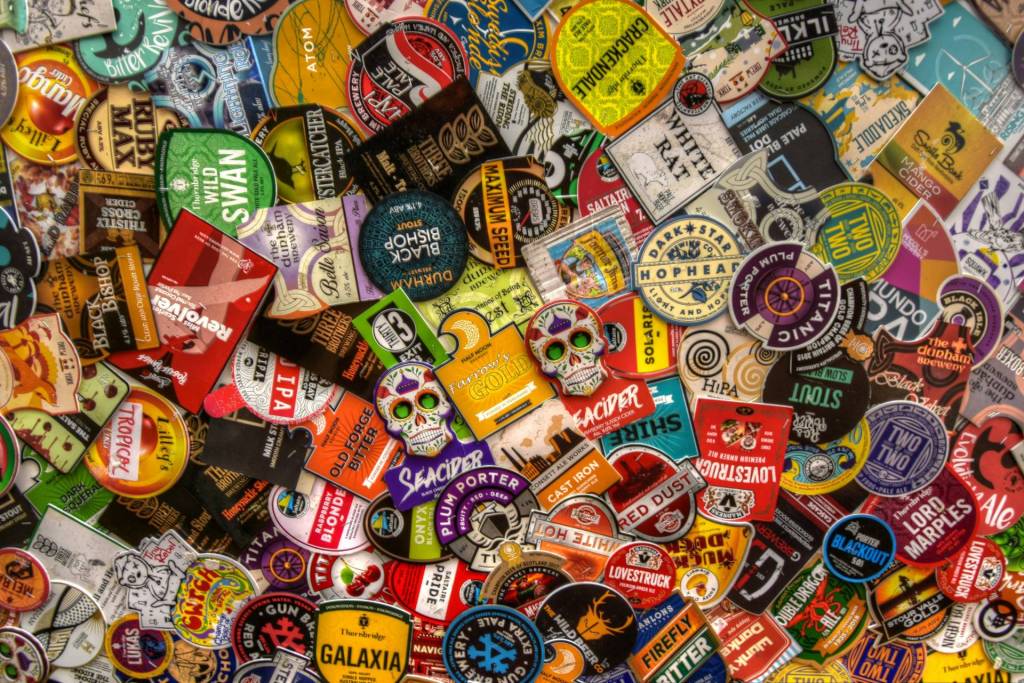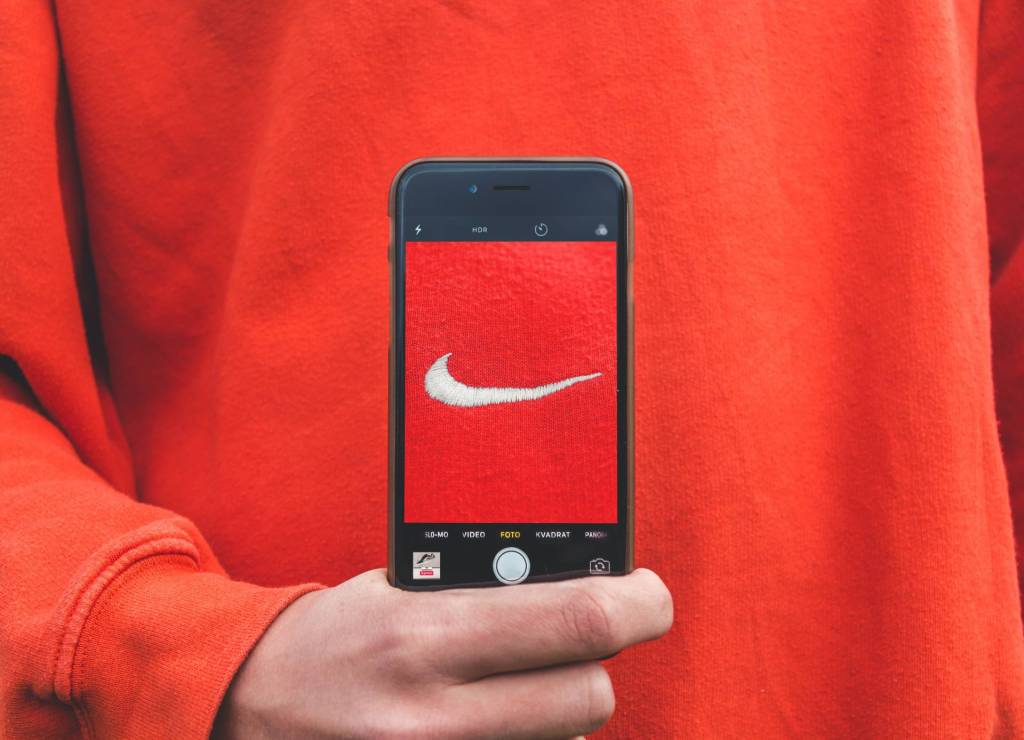Today, I spoke to David Airey, who is the author of Logo Design Love, and a very popular blogger with over 17,000 subscribers. David is a famous graphic designer from Northern Ireland, who knows a lot about branding from creating logos for many successful companies. In this interview, he talks about why a logo is so important to a brand, how a bad logo can hurt your image, the process of creating a logo, and much more.
How important is a logo for a personal or corporate brand? Can a bad logo ruin everything for you?
A logo’s main purpose is to identify a brand. Logos help people to quickly remember their experiences with different companies. For instance, if we like a food product we’ve had in the past, we’ll be looking for the logo when we’re next out grocery shopping. Look around you. How many logos do you see? If they weren’t presented differently from one another, it would take us longer to visually recall our brand experiences.
Can a bad logo ruin everything? No. Can a bad product or service ruin everything? Yes. If a company has been using a certain design for many years, building a strong amount of brand equity, it needs to be very careful if changing the appearance (think Tropicana’s failed packaging redesign), but the highest level of importance will always be placed on the product or service that’s offered.
Iconic logos, such as Apple and Coca Cola can’t be missed. How can someone create a logo that’s this memorable?
A vast marketing budget is needed to reach the recognition rates of Apple and Coca Cola. A good logo alone won’t get you there, and your brand identity design needs to be part of a much larger offering.
Before you create a logo, what work needs to be done?
The process begins with a Q&A session. It’s vital that a designer asks the right questions of his/her client from the outset — questions that set the tone for the duration of the design project. Answers often generate more questions, and the client plays an important role in the success of the outcome. Communication is interspersed by  in-depth research of the client’s industry, competition, stakeholders, history, and goals.
in-depth research of the client’s industry, competition, stakeholders, history, and goals.
Do you feel that people should have their own personal logo’s for their brands?
I believe that every brand can be helped with the consistent use of a simple, distinctive, appropriate, and emotive logo.
While writing your book, how much did your blog help you? How did the book come about?
Both of my blogs were a huge help, in no small part due to the fantastic contributions my readers make with their comments. It was October 2006 when I began publishing my first blog. Since then, I’ve learned a great deal from the input of my readers.
I owe them a lot.
The book project came as a surprise, and it was in December 2008 when I received an email from Peachpit Press, asking if I’d author its first book about logo design. Four or five months later, and a contract had been signed.
Peachpit is an excellent publishing company to work with.
——-
David Airey, a graphic designer from Northern Ireland, has been intrigued by brand identity since the 1990s, when he enrolled in his first graphic design course. Having honed his skills working in the United Kingdom and the United States, he then made a conscious choice to specialize in brand identity design, where his passion lies. Self-employed since 2005, David has amassed an impressive global client-list, including the likes of Yellow Pages (Canada), Giacom (England), and Berthier Associates (Japan). David Airey, a graphic designer from Northern Ireland, has been intrigued by brand identity since the 1990s, when he enrolled in his first graphic design course. He writes two of the most popular graphic design blogs on the Internet, logodesignlove.com and davidairey.com, attracting more than 250,000 online visitors per month and approximately 1 million monthly page views.












